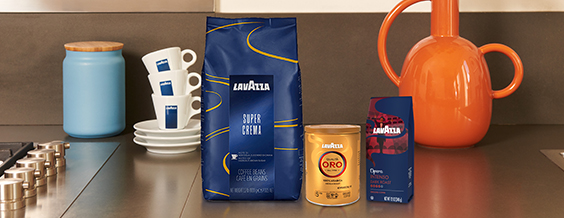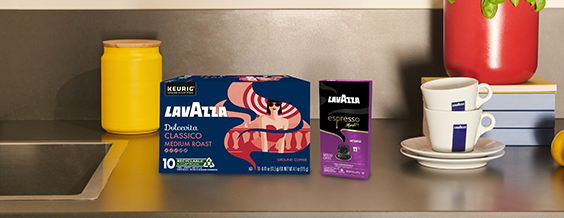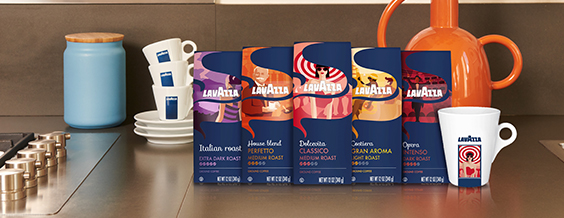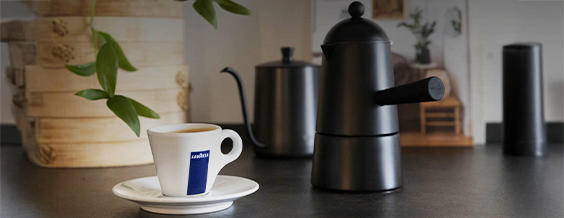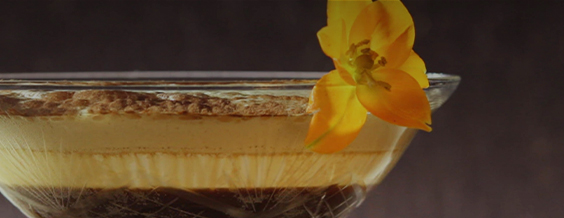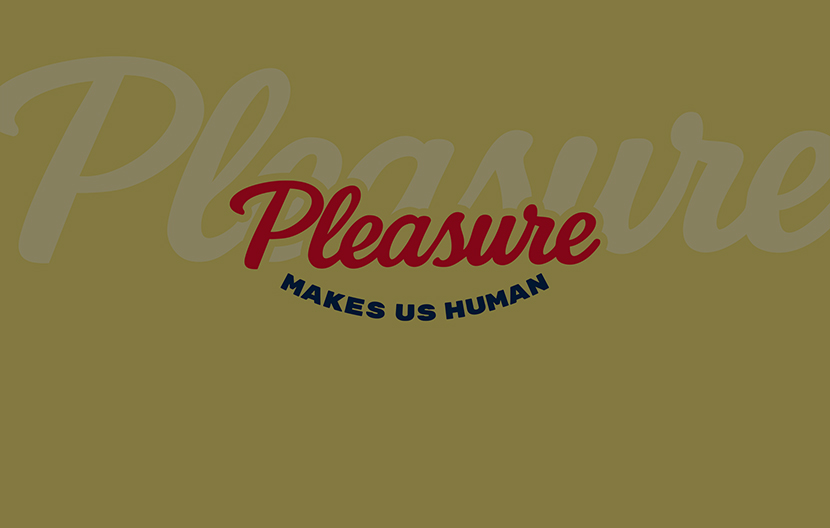*Lavazza is not affiliated with, endorsed or sponsored by Nespresso
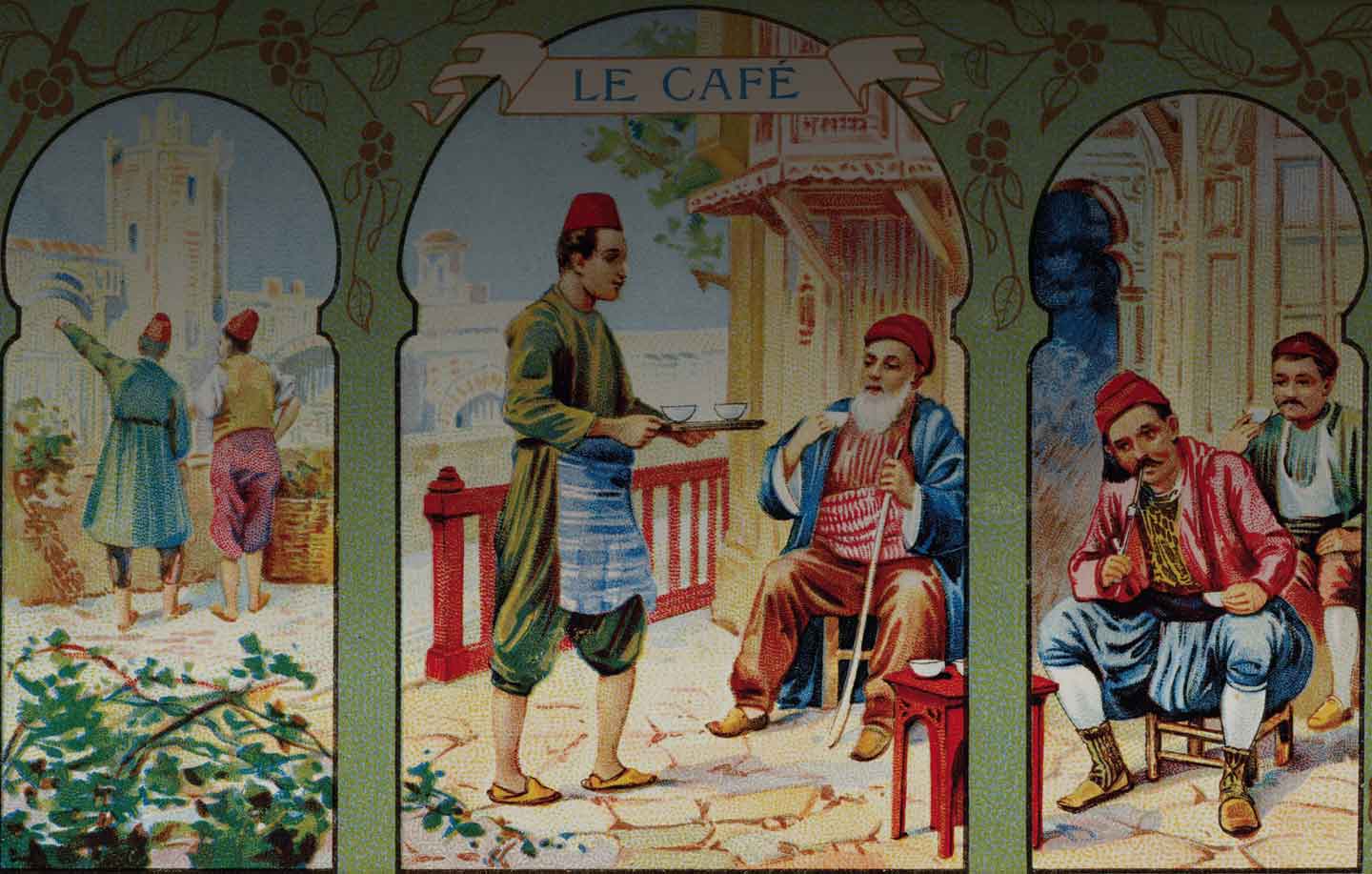
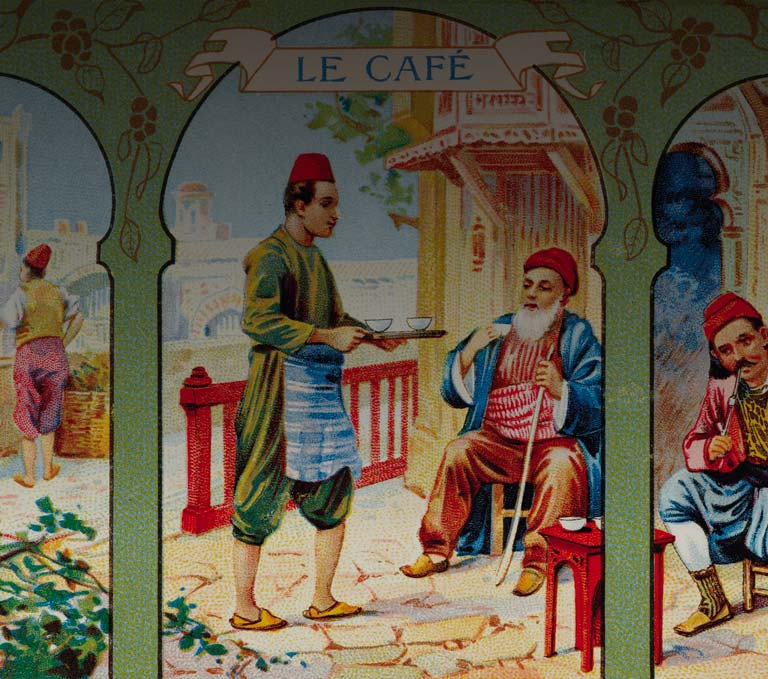
The most ancient coffee houses around the world
Coffee houses are among the most significant landmarks and cultural cornerstones of modern society. Still existing nowadays, some of them date back to centuries ago and have hosted over time some of the most relevant historical and artistic characters of all times.
Less or more luxurious, considered at times as true works of art themselves, their walls have written history as we know it today. Writers, artists, statesman and conspirators used to gather there, with their love for coffee as the only thing they had in common. Visiting them may represent an outstanding experience and, in a certain way, can be considered like meeting Victor Hugo, Giacomo Casanova, Goethe or Oscar Wilde.
Below we are about to list and describe a few of the most important and ancient coffee houses of all times, trying to point out how they originated, became important and, at last, still fascinate thousands of visitors and consumers today.
Istanbul and its cafés
According to the historians, the earliest record of a coffee house is to be considered back to 1475. It seems a shop named Kiva Han opened at that time in Istanbul, namely Constantinople, as the city was called then. The café was likely to serve Turkish coffee , which is still widely popular today, soon followed by filtered coffee.
Since coffee culture easily and rapidly developed in the Ottoman capital, coffee houses became well-known as meeting places for political discussion and by the early 15th century they went outlawed by the religious leaders, who believed gathering places would have encouraged eventual overthrows aimed at ruling the empire.
Without leaving Turkey, we move to Gaziantep, in the Southeastern Anatolia Region, where Tahmis Kahvesi was opened in 1635 as the first-ever Byzantine café. Nowadays, this traditional coffee house still offers different types of coffee, among which is it possible to order the legendary menengic khavesi, brewed with pistachio, a sublime local treat, and another traditional coffee-based beverage prepared with the seeds of the turpentine tree. Coloured lamps, charming, stained windows and all-wood furniture warm up an enchanting atmosphere, often inebriated by some typical Turkish live music.
Café Le Procope - one of the crucial cultural landmarks of Paris
Opening its doors in 1686, Café Le Procope is to be considered as the oldest operating café in Paris, and probably one of the most ancient ones in the Western world. Located in the heart of the bohemian Saint-Germain des Prés district, right in the so called Rive Gauche, the Left Bank of the Seine, Café Procope was originally a Sicilian-led undertaking. Known for decades as one of the most relevant cafés littéraires of the French Capital, it hosted figures such as Voltaire and Diderot, while during the 19th Century, after being renowned, personalities of the calibre of Victor Hugo, Alfred de Musset, Honoré de Balzac, and Paul Verlaine were used to attend this café and write there a few of the most famous pages of French literature.
Great painters were often used to repay the consummations with their paintings and other works. Although being frequented today more by tourists than by artists, the everlasting atmosphere of those literary days is still widely palpable in the premises of the iconic Café Le Procope.
Caffé Florian – style and culture in the heart of the Serenissima
Venetian Caffe Florian is notwithstanding an essential presence under the Procuratie Nuove, the emblematic dwellings located in a horseshoe shape in Piazza San Marco, the beating heart of the ancient Serenissima, as the Republic of Venice was called. Considered by the Venetians as the oldest Café in Europe according to a modern conception, it is undoubtedly one of the main symbols of the city itself. It was inaugurated on 29th December 1720 by Floriano Francesconi as “Alla Venezia Trionfante”, though soon became known as Caffè Florian in honour of its owner.
While the finest coffees, teas and wines from Oriental countries, Greece and Cyprus were served in the inside, history was unfolding outside, as Florian witnessed the splendour and fall of the Serenissima, as well as the conspiracies against the French and Austrian rulers.
From the very beginning, the clientele of Caffè Florian was top notch, if we consider historical and literary personalities such as Giacomo Casanova, Carlo Goldoni, Johann Wolfgang Goethe, Lord Byron, Ugo Foscolo, Honoré de Balzac, Charles Dickens, and Oscar Wilde among the others, while women were as well welcomed in a coffee house for the first time.
As a new Caffè Forian has been founded in Florence in the last years, as regards to the historical one in Venice, sitting on the red velvet sofas and armchairs, while facing the portraits and amazing works of art one still can admire, and tasting a Frozen Florian – made with whipped and cold coffee cream – or a Caffè del Doge – including coffee, milk, gianduja and hazelnut cream – is unquestionably to be considered as an outstanding experience.
Café Frauenhauber: the Viennese first class coffee house
No doubts Viennese coffee houses – known as Kaffeehäuser, over there – are majestic. An undisputed emblem of elegance and espresso-based delights, in a city that with full rights celebrates coffee itself. Among the several different options a coffee lover could pick, founded in 1824, Café Frauenhauber is still the most suggestive choice as it approaches its bicentennial, taking place in a beautiful and even older yellow building, whose interior stands out for its delightful yet a bit eccentric design alluding to Art deco.
Comfortable and faithful to tradition, its menu is the exact transposition of the city’s culinary identity, including schnitzel and, of course, apple strudel, apart from dozens of coffees. There is actually a local custom one should not miss while sitting at Frauenhuber: ordering a strong coffee with a good slice of cake, most of the times a peculiarly substantial Sachertorte. Why not pairing this rite with a game of chess, diving in a typical and evocative Austrian atmosphere?
There would be plenty of other stunning locations we could recommend when it comes to ancient cafés and old coffee houses. Just think of the monumental Antico Caffè Greco in Rome, or the Middle-Estern charm of El-Fishawy Café in Cairo, but also the colonial flavour of the Café du Monde in New Orleans or the sumptuous Majestic Cafe in Porto, with its sinuous and refined lines. One way or another, we are dealing with outstanding coffee shops, recalling the pleasure, both in the past and in the present, of enjoying a delightful coffee with the ones we love in a sophisticated and historical context.

